2009 Porsche 911 reimagined by Singer
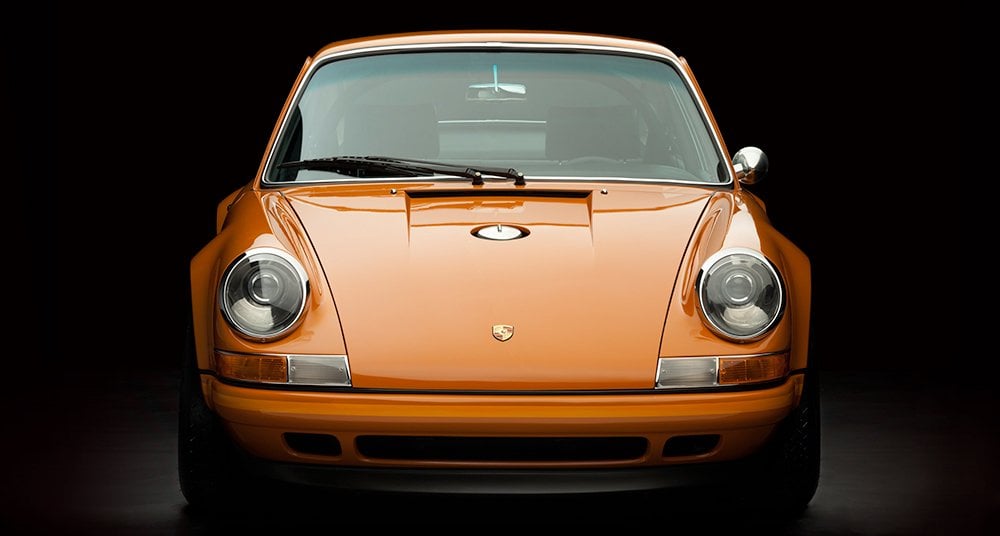
One year after the launch of the original Tesla, another Californian start-up dared to commit a high crime against the automotive constitution and create ‘the perfect Porsche 911’ because, well, the Germans hadn’t done their jobs well enough. The Porsche 911 reimagined by Singer, as it was christened to avoid legal Armageddon, was a celebration of craftsmanship, engineering and artistic appropriation. It had us literally drooling on the tiny screen of our first-generation iPhones and started the restomod movement, which has made it acceptable to personalise even the most well-designs automotive icons.
2009 Aston Martin Lagonda SUV
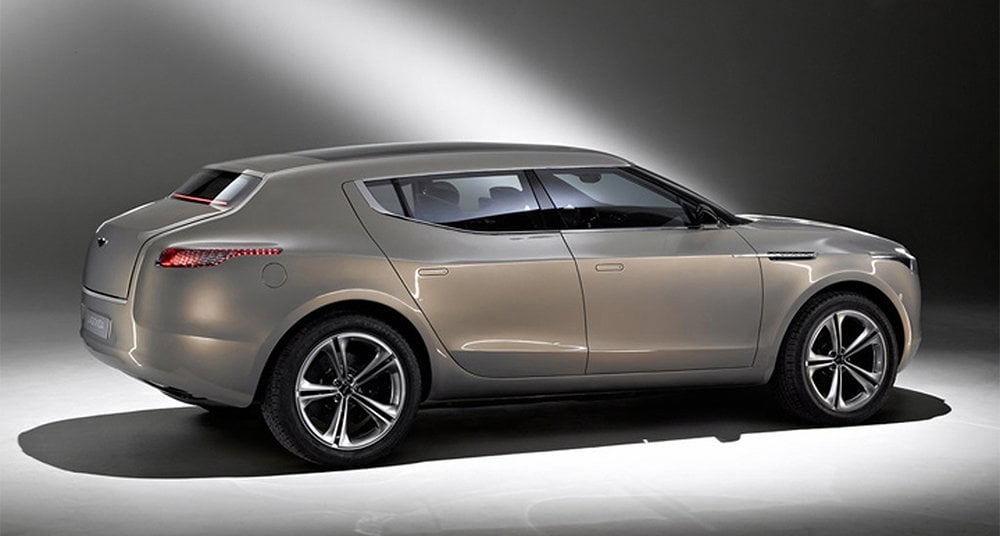
‘Why on earth did we stick this hideous behemoth into our top-20 list?’ we hear you cry. Well, because the Aston Martin Lagonda SUV that was presented at the Geneva Motor Show in 2009 was one of the first luxury cars that put inside space before exterior appearance, as you’d typically design a house. With its somewhat obscure yet impressive proportions, the Lagonda Concept made way for the über-SUV genre and all the Rolls-Royce Cullinans, BMW X7Ms, Audi SQ8s and Mercedes-Maybach GLs that haunt our dreams every night.
2013 BMW i3
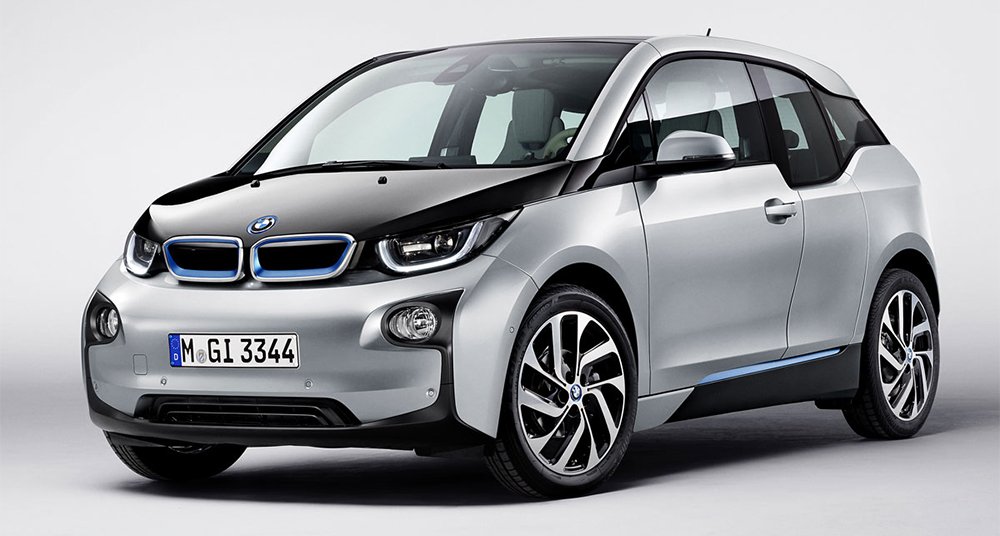
And the award for the greatest, err, entrepreneurial stamina in 21st-century mass car production goes to BMW. Although they were well ahead of their time, BMW’s two ‘i’ cars, which redefined how an EV could look in the post-petrol age, were far from best sellers. But the i3 has become our most beloved city car and with its amalgamation of recycled and contemporary materials, it made the uninspired leather and wood interiors of most of its competitors as outdated as the old men for which they were designed.
2013 Mercedes-Benz AMG Vision Gran Turismo
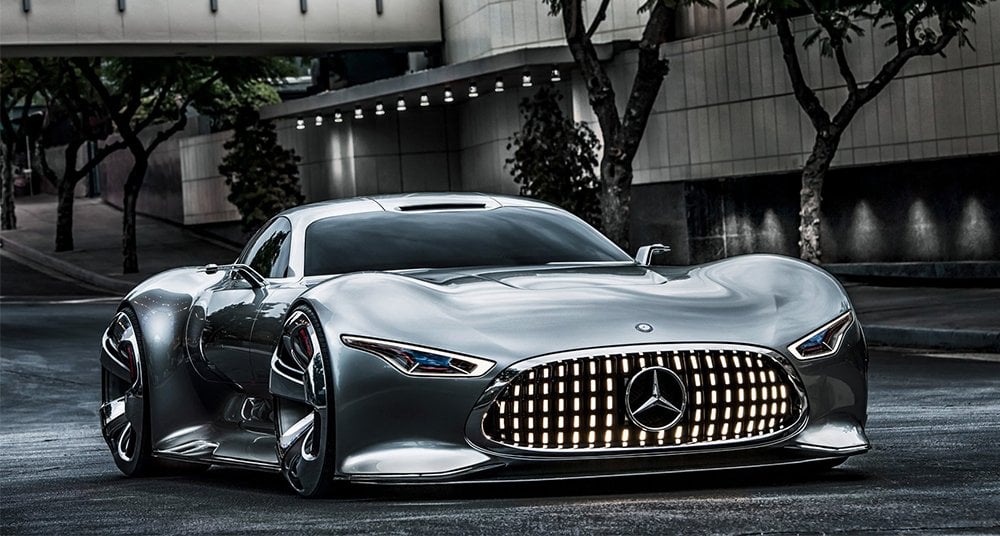
Although Gorden Wagener’s oft opulent and phantasmagorical design language isn’t everyone’s cup of tea, he certainly started dozens of new trends and reinvented the Mercedes brand as uncompromisingly as Virgil Abloh’s rejuvenation of Louis Vuitton. In 2013, Mercedes defended its avant-garde position by presenting the first concept car designed for a video game.
2016 United Nude Low Res Car

Until a couple of weeks ago, we’d have called the United Nude Low Res Car a daring albeit hypothetical design study. Then came the Tesla Cybertruck – which broke the Internet and bagged 250,000 orders in a week – and suddenly everything was very different. Now the wedge-shaped car, which was designed by Rem D. Koolhaas and takes its inspiration from three-dimensional vector graphics and brutalist architecture, could very well become Malevich’s Black Square for the automotive world or a four-wheeled version of the black monolith from Kubrick’s Space Odyssey. Over 100 years ago, the architect Adolf Loos stated that ‘ornament is a crime’ – now it seems car designers have finally got the message.
2016 Robocar
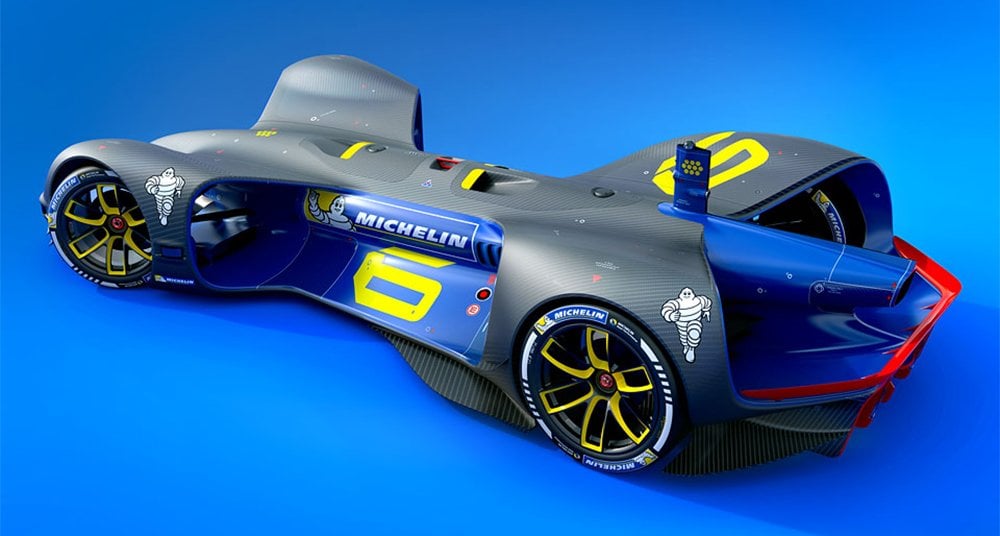
If you have children, you’re more than likely with Lightning McQueen from the animated film Cars. The racing car has no driver but has nonetheless taken its place in popular culture and become both a machine and a hero in one. It’s no wonder that Daniel Simon lives in Los Angeles. The innovative designer and has created numerous futuristic cars for Hollywood films such as Tron and Captain America. His striking Robocar is competing in a new driverless racing series. And we think it could only be a matter of time until our children begin to ask us who Stirling, Jacky and Ayrton are.
2015 Jaguar E-type Zero
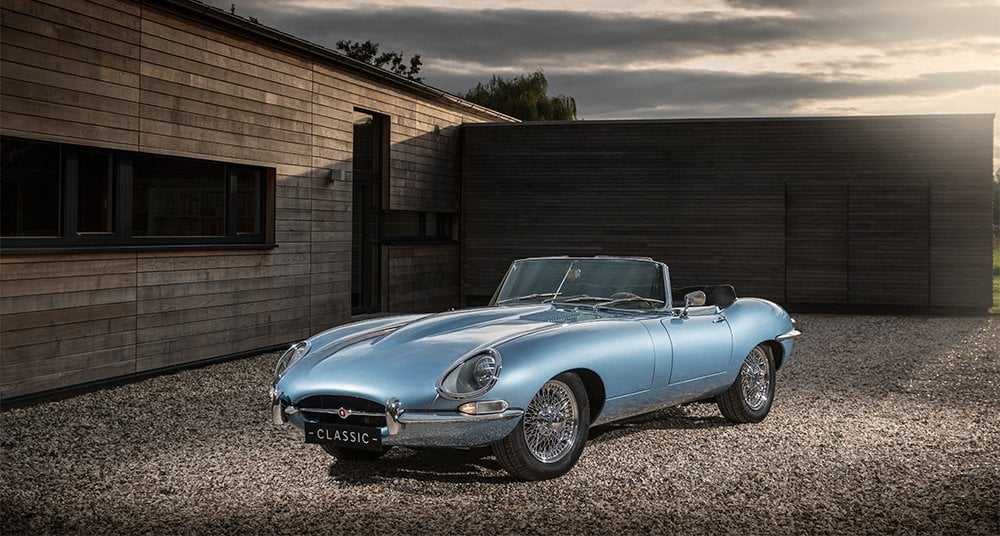
Classic cars might have had electric transplants before, but the Jaguar E-type Zero was the first electric-powered historic vehicle to be sanctioned by the usually conservative Monarchy of the United Kingdom as a Royal Wedding cake on wheels. Looking at the increasingly stringent emissions laws creeping into legislation around the world, this could very well become the future of classic cars. On another note, Jaguar also started the mainstream trend for tool-rom ‘continuations’ of classic cars in 2015 with its E-type Lightweight, paradoxically turning two 1960s icons into the brand’s greatest game changers of the new millennium.
2018 Automobili Amos Delta Futurista

In the early 2000s, it seemed as though the automotive industry had become so expensive and complex that individuals would never be able to build their own cars again. But then came the advent of social media and three-dimensional printing and DIY culture got its renaissance. One of the first personal dream cars that became a reality through the power of Instagram was the Lancia Delta Integrale Futurista, envisioned and produced by Eugenio Amos and his restomod start-up Automobili Amos. Two years after we first visited Amos in his garage, it’s good to know that his idea outlived the initial #MakeLanciaGreatAgain hype and that his first customer car is almost ready for delivery.
2019 Bugatti La Voiture Noire
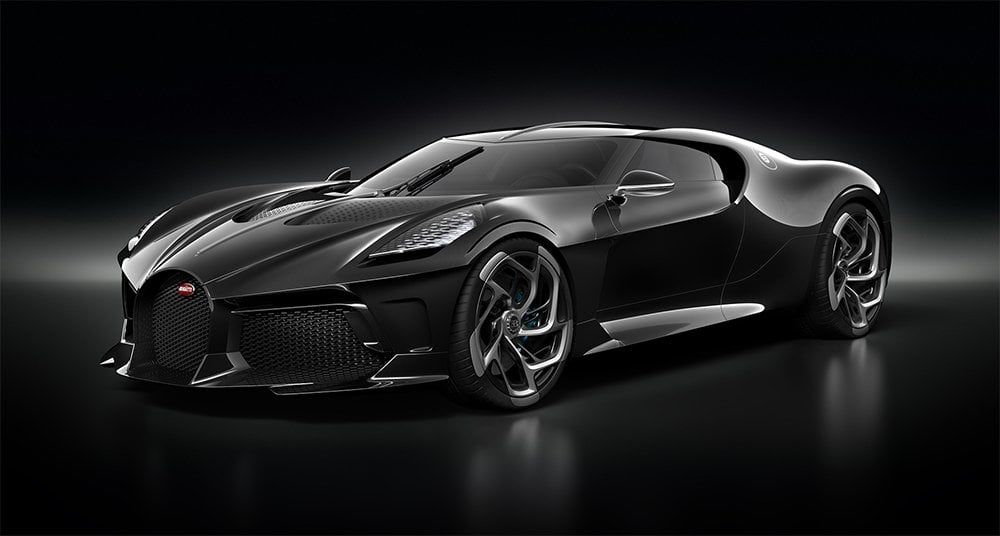
Coachbuilding has been declared dead and buried numerous times, but then came Bugatti’s outrageous La Voiture Noire. Presented at this year’s Geneva Motor Show with a not-so-hidden 16m-euro price tag, the black beauty set a new benchmark for the billionaire supercar. The calculation was simple: if individuals spend 100s of millions of euros for works of art at auction, why should they be bothered by the number of zeros on the invoice for their car? So long as it’s unique, that is. From now on, the sky is truly the limit.
2019 Porsche Taycan
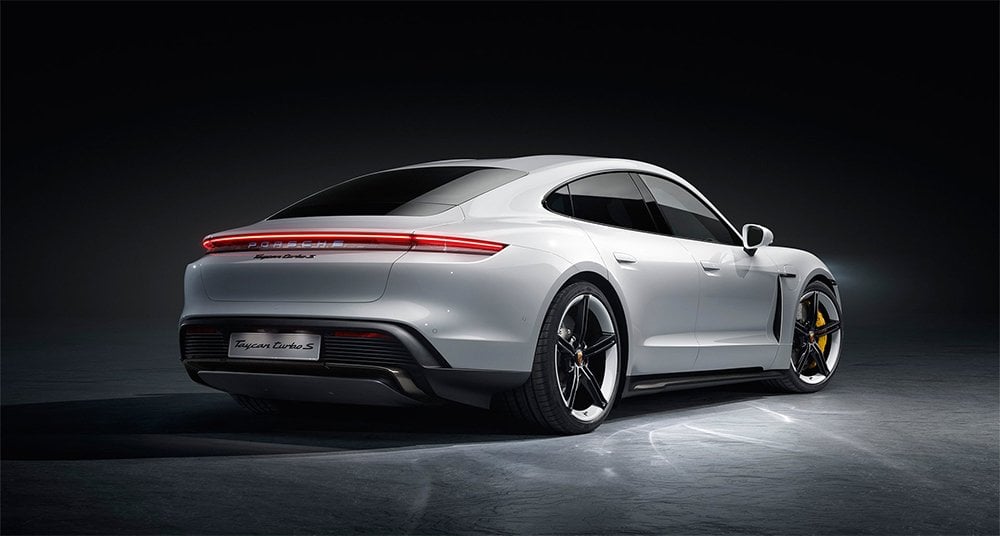
It took Porsche a while and the product strategy for the Mission E left us a little confused at times, but now the first Porsche Taycans are finally now out on the road. And having already sat behind the wheel, we’re certain that the first mass-production, high-quality EV sports car will sell like hot cakes, leave an indelible mark on the wider automotive landscape and redefine the segment. For Porsche, the Taycan will very likely become the next milestone after the 356, 911 and hugely successful Cayenne. We’ll have to wait until December of 2029 to see if that becomes a reality.












